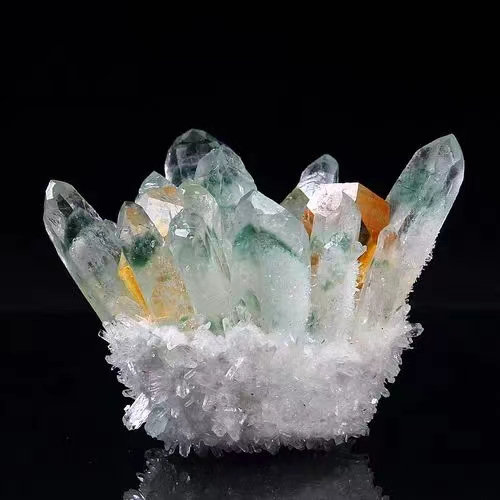

Blue reflective glass has emerged as a popular architectural element in modern design, captivating architects and designers with its unique aesthetics and functional benefits. This innovative material offers a striking visual appeal while enhancing the performance of buildings, making it a favored choice for both commercial and residential projects.
One of the most compelling features of blue reflective glass is its ability to create a serene and calming atmosphere. The deep blue hues evoke feelings of tranquility and peace, reminiscent of the vast sky or deep ocean. This makes it an ideal choice for spaces that aim to promote relaxation, such as offices, hospitals, and wellness centers. The reflective quality of the glass adds an intriguing dimension, allowing buildings to interact with their surroundings, reflecting natural light and the colors of the sky while reducing glare.
In addition to its aesthetic qualities, blue reflective glass plays a significant role in energy efficiency. With rising concerns about environmental sustainability, the demand for materials that minimize energy consumption is growing. Blue reflective glass is designed to reflect solar energy, thus reducing heat absorption. This helps to lower the temperature inside buildings, resulting in decreased reliance on air conditioning systems. Consequently, buildings fitted with blue reflective glass can achieve substantial energy savings and reduce their carbon footprint.
Moreover, blue reflective glass provides enhanced privacy without compromising natural light
. The reflective surface acts as a barrier for outsiders, allowing occupants to enjoy their spaces with a sense of security. This feature makes it particularly appealing for residential settings, such as homes in bustling urban areas, where privacy is often a concern.
Another advantage of blue reflective glass is its versatility. It can be incorporated into various design elements, including windows, facades, curtain walls, and skylights. This adaptability enables architects to experiment with different forms and functions, leading to creative and innovative designs that stand out in the architectural landscape.
Lastly, the durability and low maintenance requirements of blue reflective glass make it an excellent investment for property owners. It is resistant to weather conditions and easy to clean, ensuring that buildings maintain their visual appeal over time.
In conclusion, blue reflective glass is a remarkable material that combines beauty, functionality, and sustainability. Its calming aesthetic, energy efficiency, privacy benefits, versatility, and durability position it as a standout choice in contemporary architecture, making it an essential component of modern design.